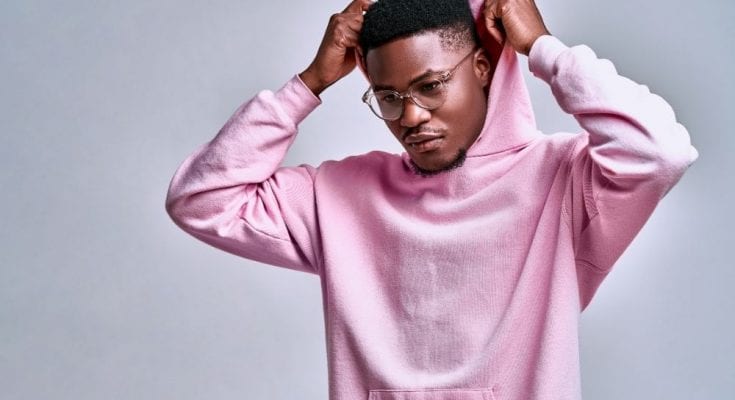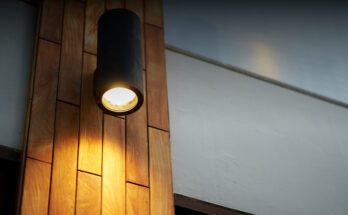Before the 1900s, fashion moved forward at a leisurely pace. The changes in dress were subtle from century to century. But in the 19th century, we saw a much more rapid change, with fashion going from hoop skirts to bustles in a hundred years. But nothing beats the breakneck pace of fashion trends in the 20th century. Here are just a few trends that impacted the way we wear clothes today.
S-Bend Corset (1900s)
The corset was four hundred years old by the year 1900, but the Edwardian era took the corset in a different direction. Early corsets followed a more neutral posture. The Edwardian corset focused on the “S-Bend,” which pushed the bust forward for a “prouder” posture. The corset was designed to improve a women’s ability to breathe, but it ended up contributing to lumbar lordosis. This could be one reason why corsets ended their reign two decades later.
Flapper Dress (1920s)
In many ways, the flapper dress was one of the most important fashion trends of the 20th century for women. With the advent of women’s suffrage, women celebrated freedom by wearing their hemlines shorter as well as ditching corsets altogether, allowing for greater mobility. It was one of the most dramatic shifts in women’s fashion.
Utilitarian Fashion (1940s)
In the 1940s, all eyes turned on the war effort for soldiers and civilians alike. Women went to work in the factories, and because of this, fashion became more focused on function rather than form. Even so, this shift created another turning point for fashion. Because women were doing more manual labor, wearing pants became more socially acceptable at this time, paving the way for later trends.
Streetwear Fashion (1980s-1990s)
The history of streetwear began on the West Coast as a counter-cultural movement of skaters and surfers who wanted to dress casually. Hoodies, graphic T-shirts, and denim were the hallmark of this look. But as streetwear collided with the hip-hop scene, it became a pop-culture phenomenon that is still alive today. Nowadays, people consider this type of casual clothing as the height of fashion.
Additional Resources:



